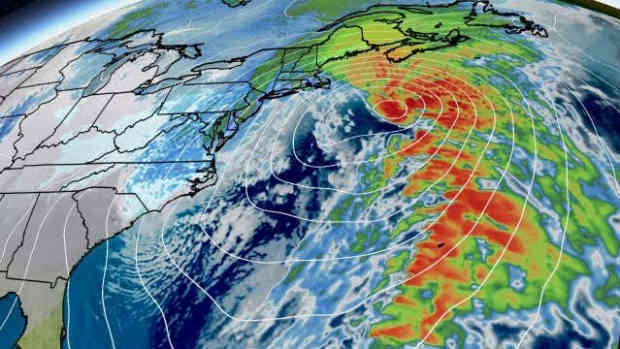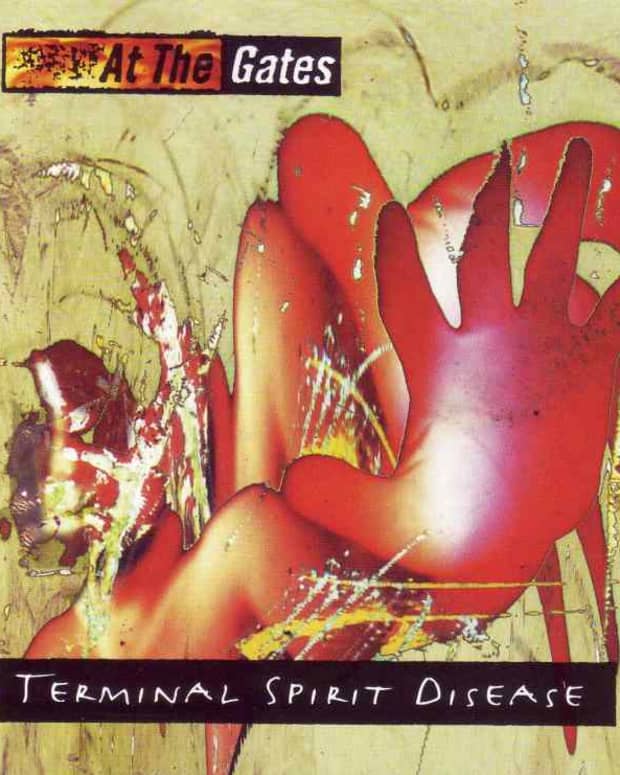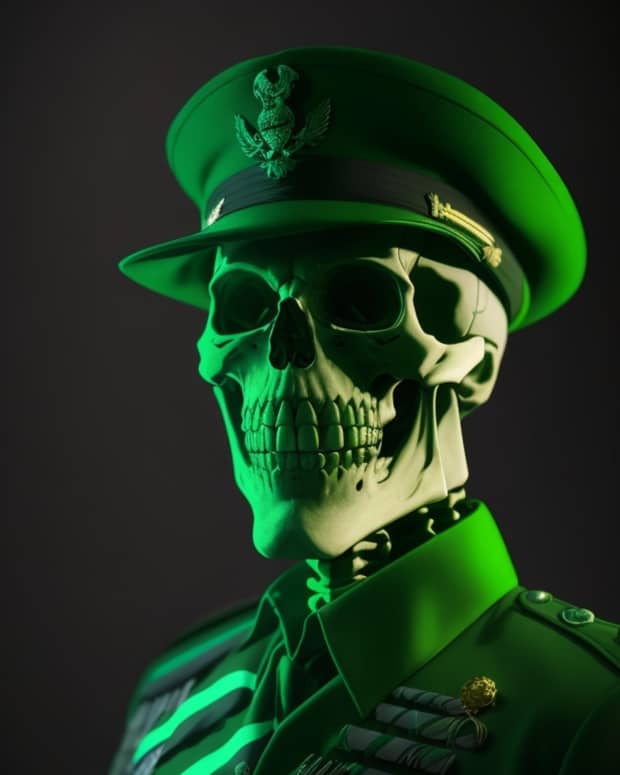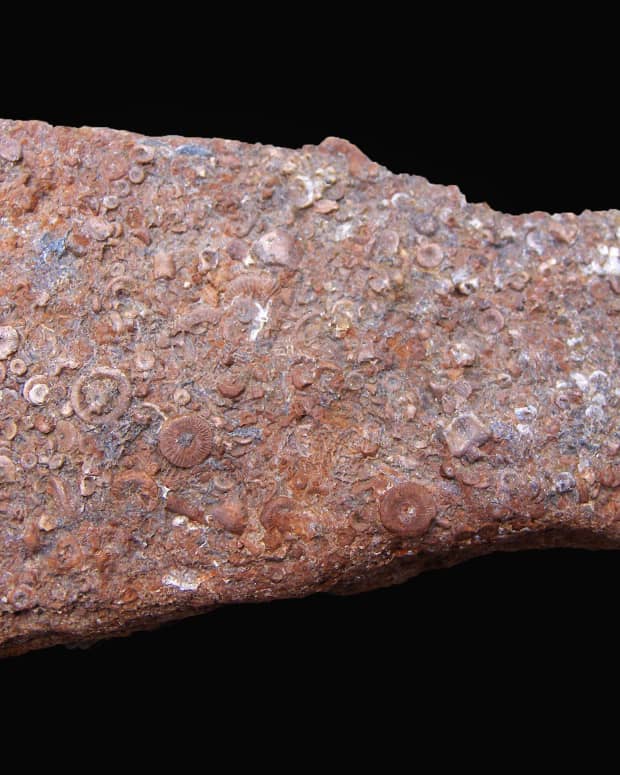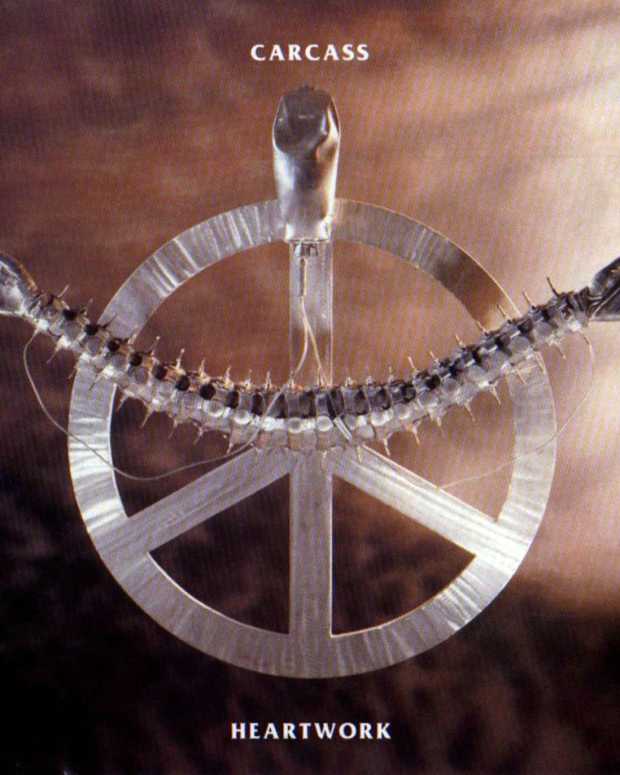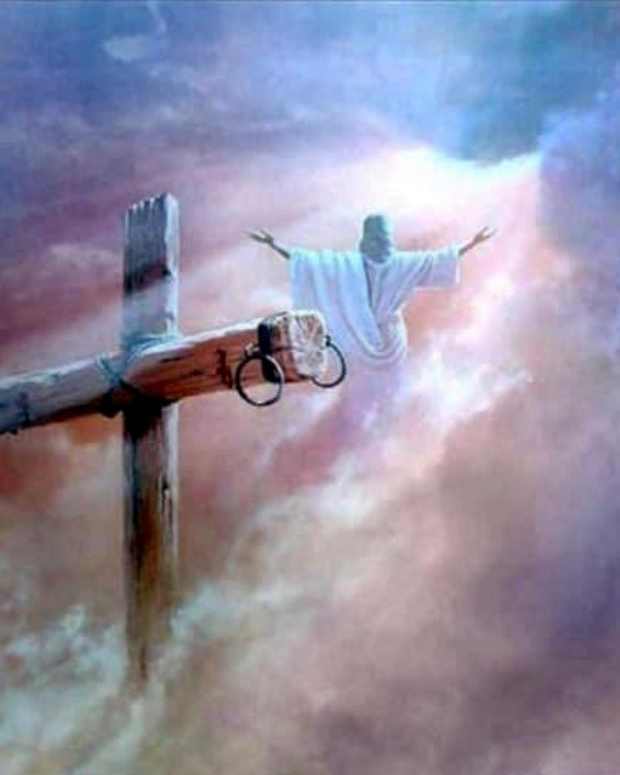Walt Whitman's "Patroling Barnegat"
Introduction and Text of "Patroling Barnegat"
Walt Whitman's "Patroling Barnegat" is an American-Innovative sonnet, a form which makes various transformations based upon the received sonnets from the past, particularly the Shakespearean (Elizabethan or English and Petrarchan (Italian) forms.
Unlike the English and Italian sonnet forms, the American-Innovative sonnet almost always features a much looser form.
While the English sonnet is sectioned into three quatrains and a couplet and the Italian is sectioned into octave and sestet, the American-Innovative sonnets are often subdivided into "movements," when it appears in its purest form.
The American-Innovative may, indeed, take the traditional form and section into quatrains and octaves, but when it does those stanzas are usually vastly altered from the traditional forms.
Tthe American-Innovative form usually dispenses with rime and meter, but again when it employs those devices it does so in new and different ways.
These sonnet movements depend solely on the sonnet's total environment. While some American-Innovative sonnets may move in ways similar to the English and Italian, they never feature the entire body of the early sonnet forms.
Walt Whitman's American-Innovative sonnet moves on present participles: "running," "muttering," "pealing," etc. The speaker is observing a wildly active situation, and in order to convey the activity, he keeps his descriptions moving through a piling on of the present participle verb forms.
Patroling Barnegat
Wild, wild the storm, and the sea high running,
Steady the roar of the gale, with incessant undertone muttering,
Shouts of demoniac laughter fitfully piercing and pealing,
Waves, air, midnight, their savagest trinity lashing,
Out in the shadows there milk-white combs careering,
On beachy slush and sand spirts of snow fierce slanting,
Where through the murk the easterly death-wind breasting,
Through cutting swirl and spray watchful and firm advancing,
(That in the distance! is that a wreck? is the red signal flaring?)
Slush and sand of the beach tireless till daylight wending,
Steadily, slowly, through hoarse roar never remitting,
Along the midnight edge by those milk-white combs careering,
A group of dim, weird forms, struggling, the night confronting,
That savage trinity warily watching.
Commentary on "Patroling Barnegat"
This American-Innovative sonnet "Patroling Barnegat" demonstrates the power of the verb form known as the present participle. The speaker is dramatizing the turbulence of a severe storm on the ocean.
First Movement: Setting the Scene
Wild, wild the storm, and the sea high running,
Steady the roar of the gale, with incessant undertone muttering,
Shouts of demoniac laughter fitfully piercing and pealing,
Waves, air, midnight, their savagest trinity lashing,
The first movement of Walt Whitman's "Patroling Barnegat" includes the poem's introductory element of depicting the subject by creating the image of the sea wildly churning its wave into a "wild" storm, as the ocean waters are "running" high. The speaker is dramatizing the event of patroling the stormy waters of Barnegat Bay, off the coast of New Jersey.
The speaker emphasizes the severity of the storm by repeating the word "wild." He shows the sea being whipped up in a frenzy which causes a "roar of the gale," while a background noise creates an "incessant undertone" that seems to be "muttering."
The noises bedevil the speaker; thus he calls them "shouts of demoniac laughter." These sounds seem to pierce to speaker's ears. He then invokes a "trinity" of "waves, air, midnight," calling them the "savagest" that lash the sea vessel and the men who are manning it.
Second Movement: Drama of the Waves
Out in the shadows there milk-white combs careering,
On beachy slush and sand spirts of snow fierce slanting,
Where through the murk the easterly death-wind breasting,
Through cutting swirl and spray watchful and firm advancing,
The second movement includes the drama of the waves as they appear "out of the shadows"; he calls them "milk-white combs" as they come "careering." He then observes that over the "beachy slush" there are "sand spirts of snow" that come in "slanting" as they move inland.
The storm creates a murkiness through which "the easterly death-wind" comes "breasting." As the patrol-boat plunges through the storm and snow-filled air, it seems to be "cutting" its way through as the men remain vigilant.
Third Movement: Two Questions
(That in the distance! is that a wreck? is the red signal flaring?)
The third movement, which consists of a single parenthetical line, dissects the sonnet to pose two questions regarding the sighting of a possible disaster. The speaker excitedly points to something he thinks my might be seeing in the distance. He seems to be asking someone if he is actually seeing something. His question includes the possibility that a wreck may have occurred.
And if there is something there, he then wonders if it may, in fact, be a wreck. Thus, he queries if there may be a "red signal" being sent out. The very purpose of this patrol in this storm is to search for people who might be in trouble on the sea as it whips up possible disasters.
The parenthetical questions are never answered. It seems to appear as a simple incidental thought, as the speaker continues to concentrate upon describing the storm and how it affects the water and the beach. The sounds of the water and winds become important for his description.
Fourth Movement: A Drama of Tension
Slush and sand of the beach tireless till daylight wending,
Steadily, slowly, through hoarse roar never remitting,
Along the midnight edge by those milk-white combs careering,
A group of dim, weird forms, struggling, the night confronting,
That savage trinity warily watching.
The final movement consists of the final five lines that dramatize the tension between the beach of "slush and sand" and that savage trinity of "waves, air, and midnight." The patrol has lasted all night and finally at the "midnight edge" still "those milk-white combs" continue "careering."
The speaker concludes by invoking the image of "a group of dim, weird forms" that persists in flailing about in the night as the "savage trinity" continues to watch.
Commentaries on Other Walt Whitman Poems
- Walt Whitman's "Patroling Barnegat" Walt Whitman's "Patroling Barnegat" is an American-Innovative sonnet, a form which makes various transformations based upon the received sonnets from the past, particularly the Shakespearean (Elizabethan or English and Petrarchan (Italian) forms.
- Walt Whitman's "Reconciliation" Walt Whitman’s "Reconciliation" consists of only six sprawling lines. The lines are long and unwieldy—the third line has to be broken for almost any page. While one might contend that for such a subject, a cosmic voice is needed, Whitman has his speaker make his remarkable claims in a very personal, individual voice, revealed in the penultimate and final lines.
- Walt Whitman's "Passage to India" The deathbed edition of Walt Whitman's "Passage to India" consists of nine parts, featuring his sprawling signature style, in which an omniscient speaker offers a colorful history of world civilization from earliest times to his own contemporary period.
This content is accurate and true to the best of the author’s knowledge and is not meant to substitute for formal and individualized advice from a qualified professional.
© 2024 Linda Sue Grimes




